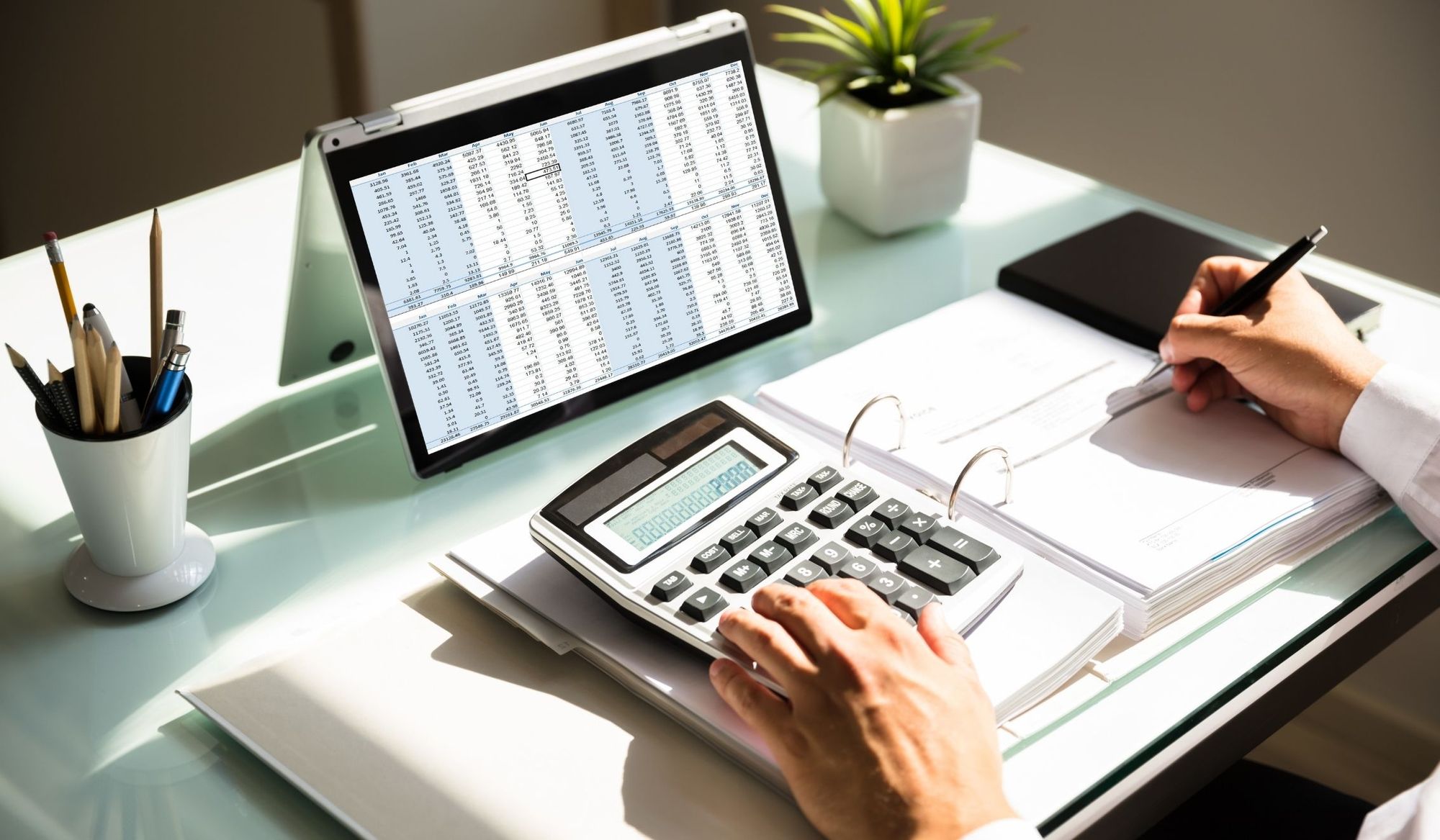Wholesale 101 - How To Calculate Cost Price

I first wrote this piece in 2016; since then, it has been updated several times and remains our most popular blog post to date! So read on for some helpful advice on setting your cost prices and pricing your products for wholesale and B2B customers.
At its most basic, your cost price is how much it costs you to make each product. This crucial figure should be kept confidential and not shared with anybody except your accountant! If you don't get this right, it can make the difference between the success and failure of your business. It isn't tricky to work out, but you need to be thorough and methodical, and you need to know the information for every product you offer for sale. It will usually need re-calculating yearly.
One widely used equation for this is:
labor + components + tools + marketing costs + overheads
Let's go through the steps of working out your cost price:
1. Detail all of your costs
You need to factor all of these into your wholesale price:
- Labor (all labor costs, whether out-sourced or internal)
- Cost of materials/ components
- Cost of tools
- Overheads
If you plan to take on more overheads soon, you may like to factor these in too. For example, if you are expecting to hire more staff or take on extra office space. If you are a handmade business creating your items, make sure you aren't under-valuing your own time.
2. Calculating your cost price
In the example below, for simplicity's sake, the company makes one product in-house. You can apply the same logic to other scenarios by dividing or multiplying costs as required.
Labor costs are $20 per hour, and they average ten products per hour. Allowing for holidays and sickness, the production is estimated to take place 8 hours per day for 253 days each year. This should result in a yield of 20,240 units.
The individual components that make up the product cost $3.50, and the specialist machine used to make the products needs servicing once per year at the cost of $5In addition, they spend $6000 per year on marketing, $20,000 per year on studio space and storage and $5000 on other business costs.
Per Unit Costs
Labor $2
Components $3.50
Tools $0.027
Marketing $0.30
Overheads $1.24
Total $7.07
So $7.07 is the cost price of each product, and this is the starting point for further calculations. It doesn't end here, though. We need to factor in profit.
3. Work out a sensible profit margin
The next step is to determine how much profit you need and want to make on each product sold at wholesale price. What kind of business do you want to run: niche and low-volume, or high-volume, bargain deals? You will need to be aware of any competing products and their wholesale pricing and the ballpark retail price you are working towards.
One way of setting a wholesale price is to double your cost price and then double the wholesale price to set the retail price. This can be a good place to start as a sanity check, but this is certainly not a one-size-fits-all situation.
In the example above, our wholesale price (whatB2B buyers pay per product) would be $14.14, and our retail price would be $28.28. We could then see how this compares with similar products in the marketplace and amend the prices accordingly. One thing we would immediately do is round the prices up to $15 and $30 because these 'regular' numbers are proven to be more appealing to consumers.
4. Use this exercise as a starting point to work backwards
Now you have the cost price; you can work out how many products you need to sell per year to cover your annual overheads, salaries and direct costs/raw materials.
Does it all stack up?
If, for example, you find that your retail price is too high, you will need to see where you can make changes. Can you cut costs somehow, or will you need to cut margins in your wholesale and retail prices?

You will also want to do a lot of market research. Are you selling into a luxury, high-end market or a more price-sensitive one? Where do you want your brand and product to sit in your market? Think about your dream stockists, your target customer profile. Think about your brand as a whole, your range needs to be consistently priced, but you may find some products are capable of a higher margin than others. This is worth spending time on to get right.
I hope this helps you to understand how to calculate cost prices. If you need any help, we are always happy to advise or signpost you to a mentor in your market.
Sign up now for your free, no-obligation trial and see how Orderspace makes your wholesale business so much easier to manage with a B2B eCommerce solution that makes everybody's job so much easier.
Further Reading:
What is B2B eCommerce?
Simplifying The Wholesale Order Process
How to manage pre-orders efficiently
Delivering excellence to your wholesale customers
Why your retail website won't work for your wholesale customers
